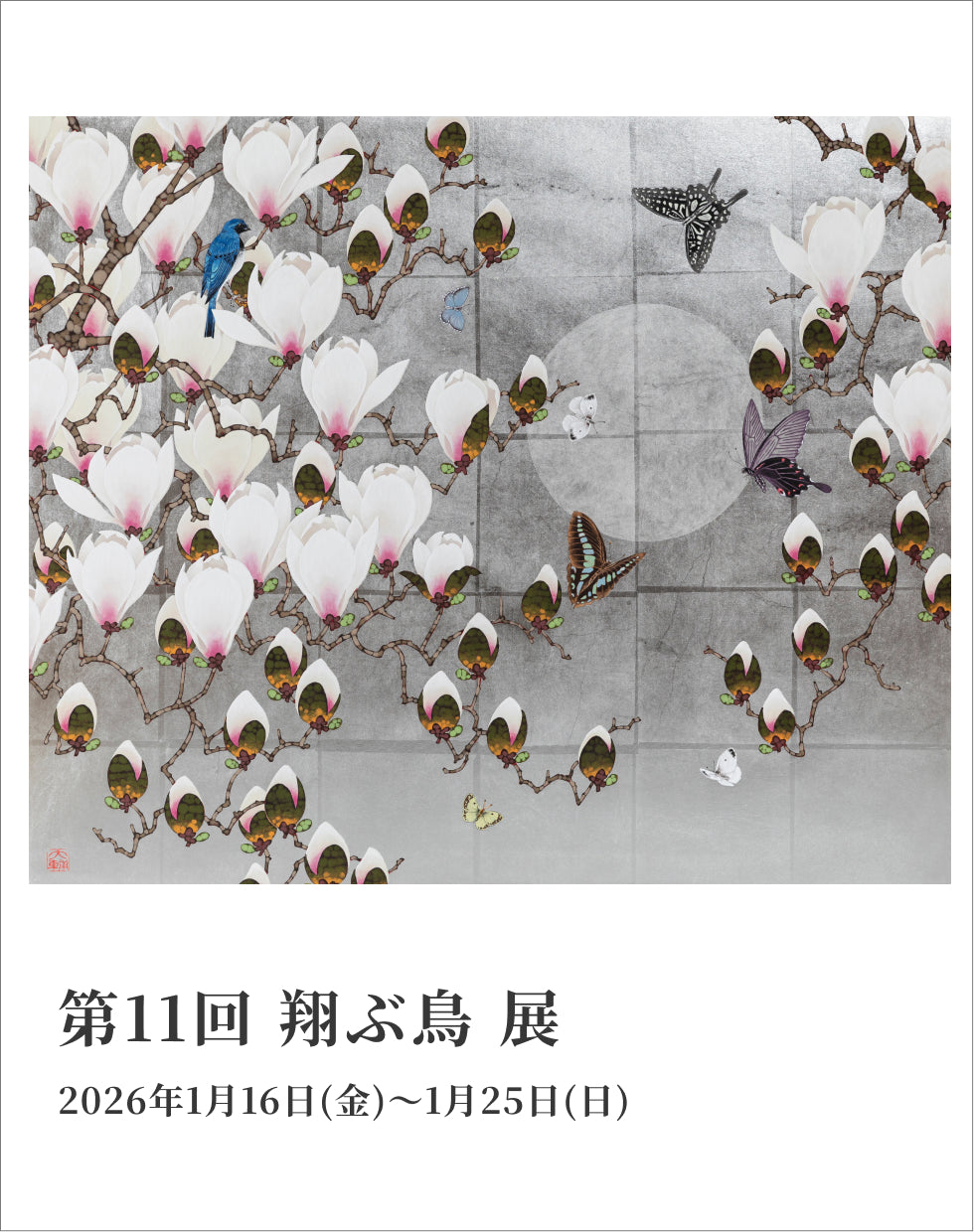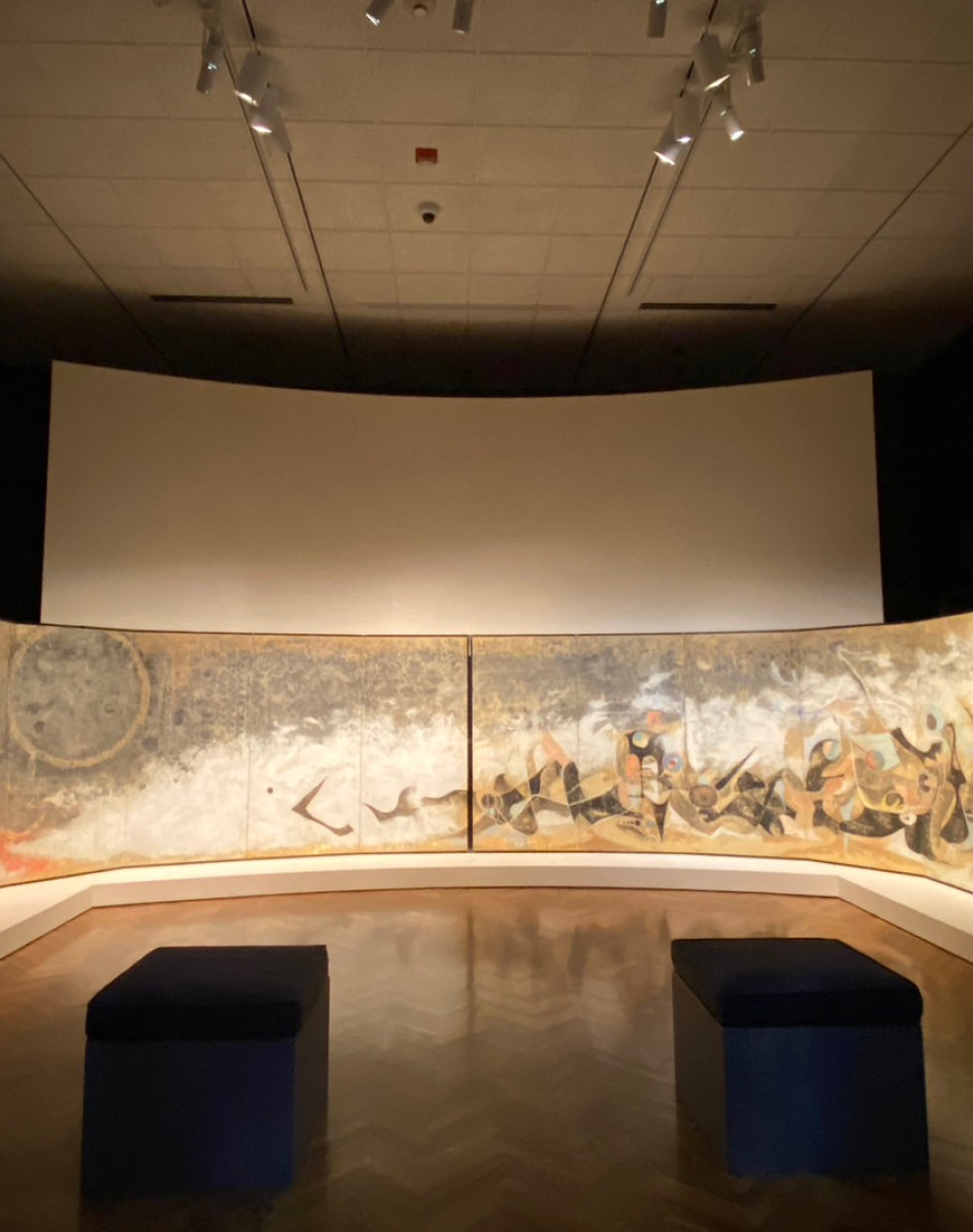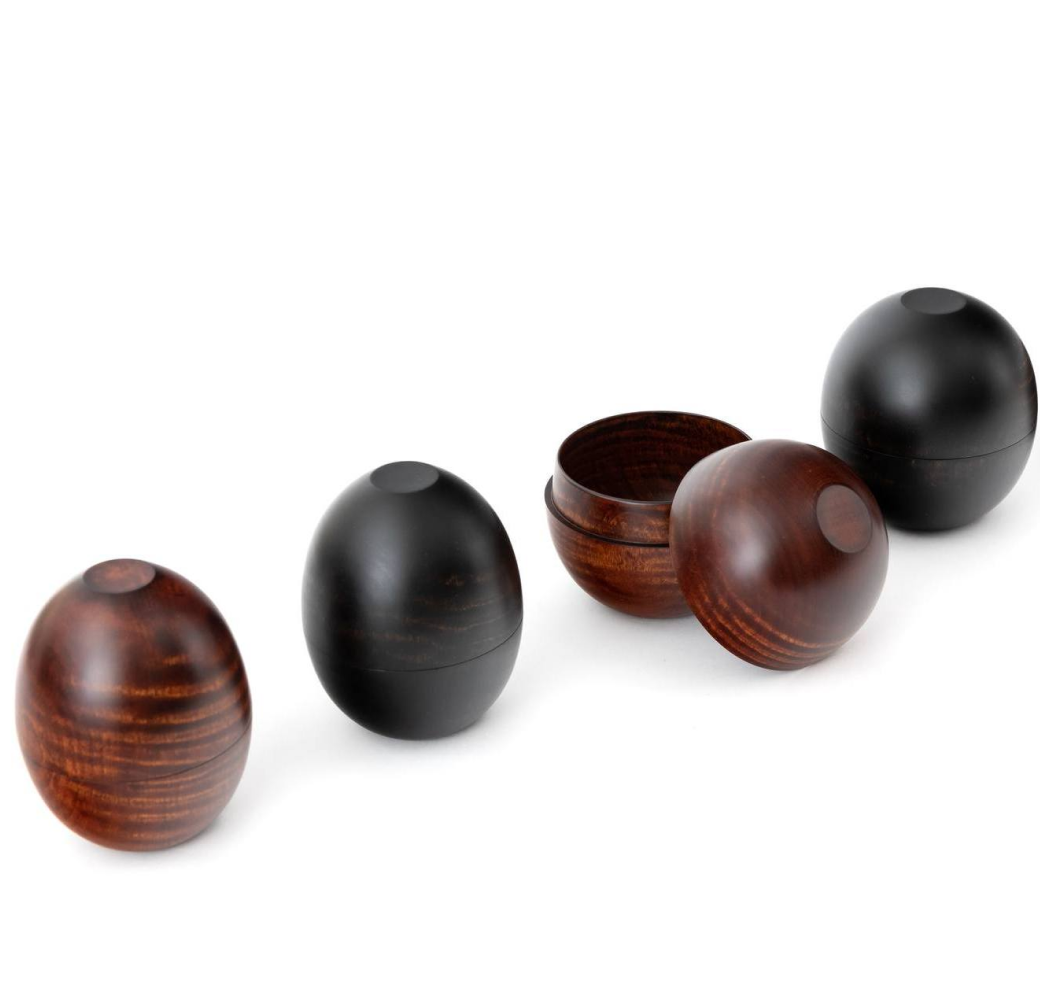
Yoshio Nishihata
Wajima Nishihata Yoshio -The work of a woodworker-
July 7th - July 16th, 2023
展览
Exhibition view
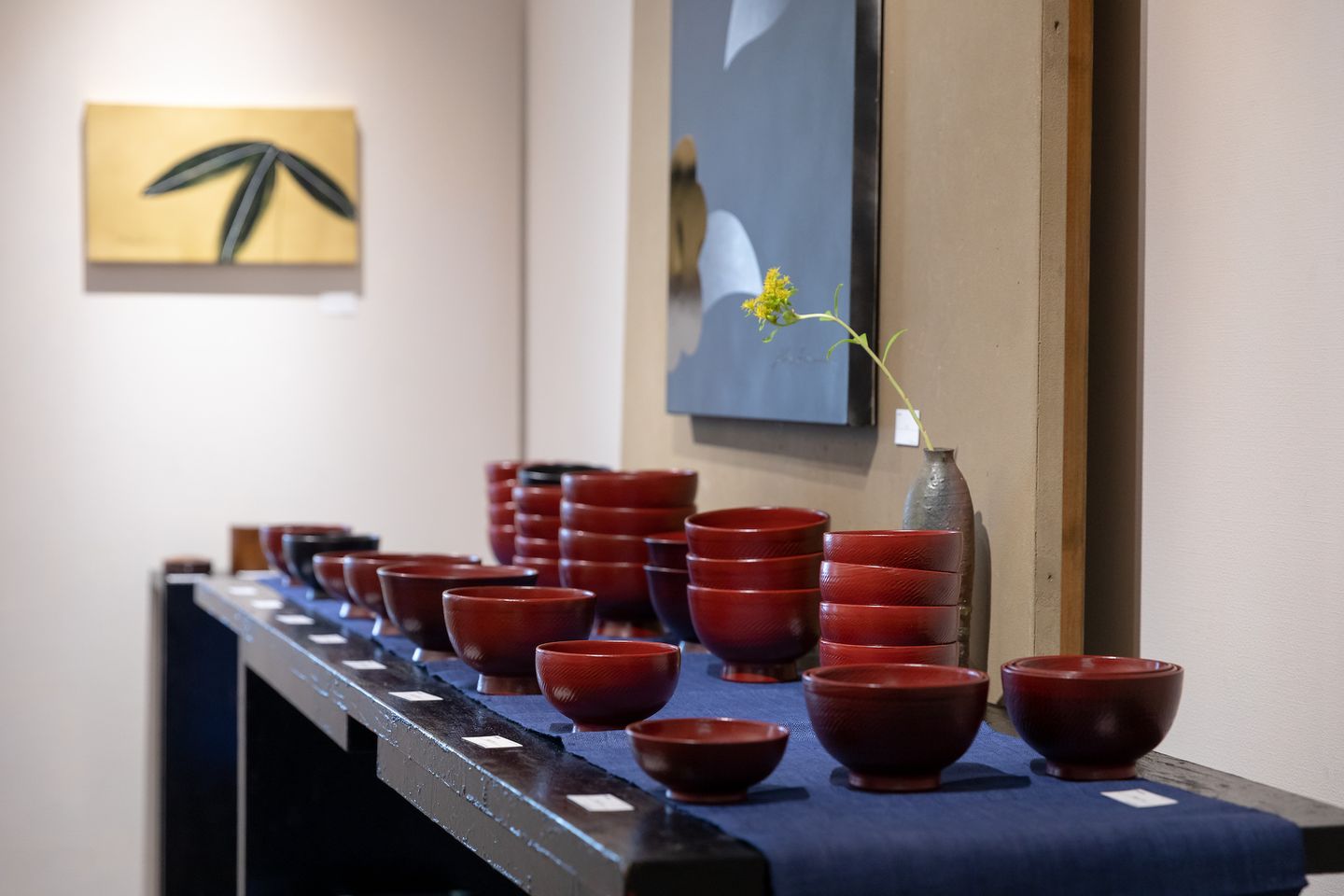
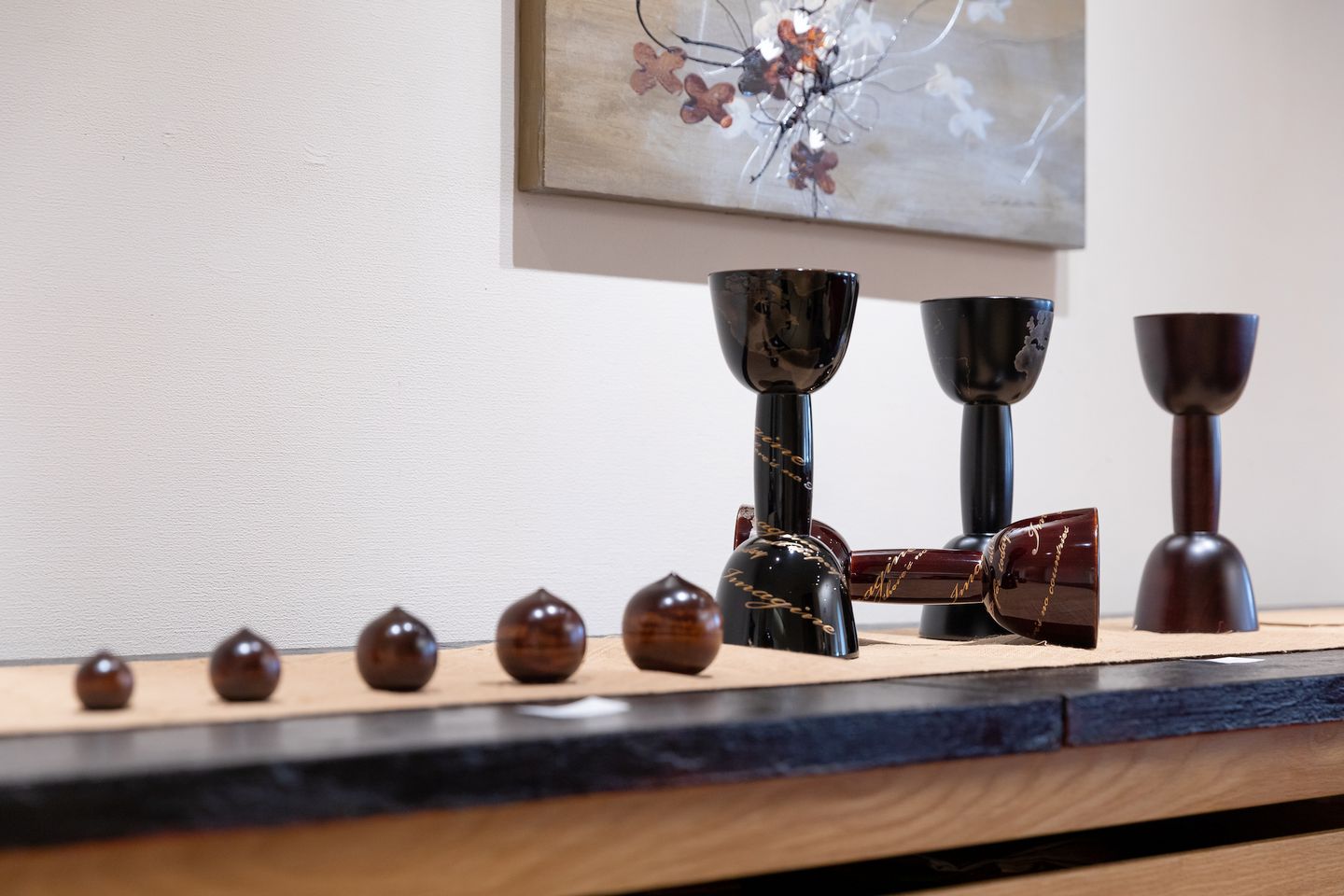
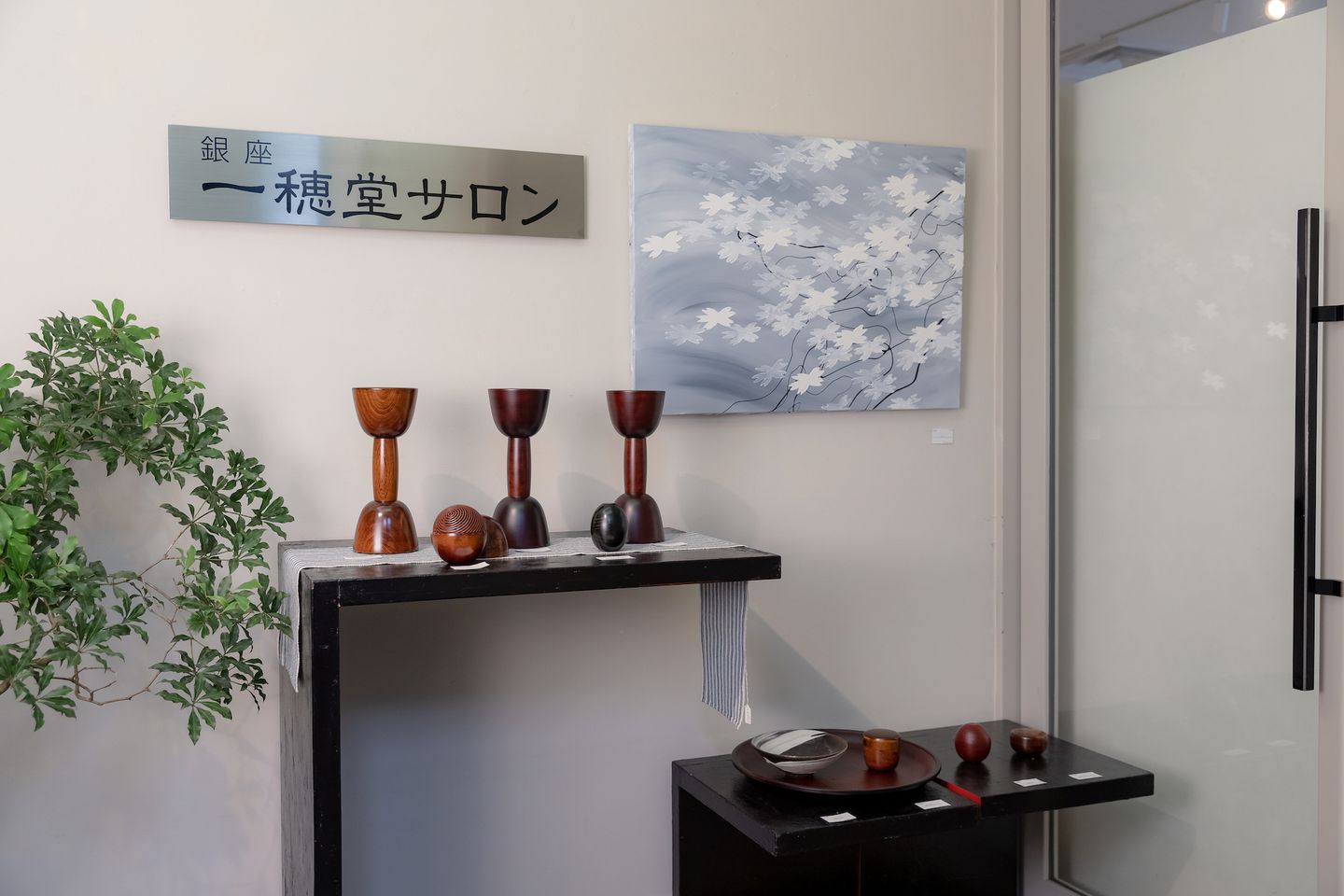
Woodworkers are the unsung heroes of Japan's traditional crafts. Nishihata Yoshio was born into a family of woodworkers in Wajima, and his wheel-throwing skills have earned him the trust of many famous lacquer artists.
At one point, he began to question the division of labor in Wajima lacquerware, and began making bowls that were completed entirely by himself.
The bowl he gave me around that time has already been repainted twice and I use it every day.
Relying on Nishihata's technical capabilities, I asked them to make the body of the small drum.
Genjiro Okura had told me that the small drums from the Muromachi, Momoyama and Edo periods produced a good sound, and that the number of people playing the small drums had decreased, so there were no craftsmen who could make new small drum bodies.
Even though he had the skills to turn the wheel, the body of the small drum was a musical instrument, so it was a very difficult job for him.
After much trial and error, and with the guidance, advice and cooperation of both Noh master Genjiro Okura and Kabuki master Denzaemon Tanaka, 15 years had passed when they finally created a kotsuzumi body that produced a sound that was acceptable to both masters.
Recently, the small drum bodies he makes will be featured on the NHK program "The Beauty of the Pot Special: Japanese Instruments."
Japanese musical instruments produce beautiful sounds through the craftsmanship of the artisans and the skilled training of the performers.
It is meaningful to trace this history. Japanese people, myself included, want to learn about Japanese culture and arts and crafts. This solo exhibition will be a testament to Yoshio Nishibata's wheel-throwing skills.
Keiko Aono
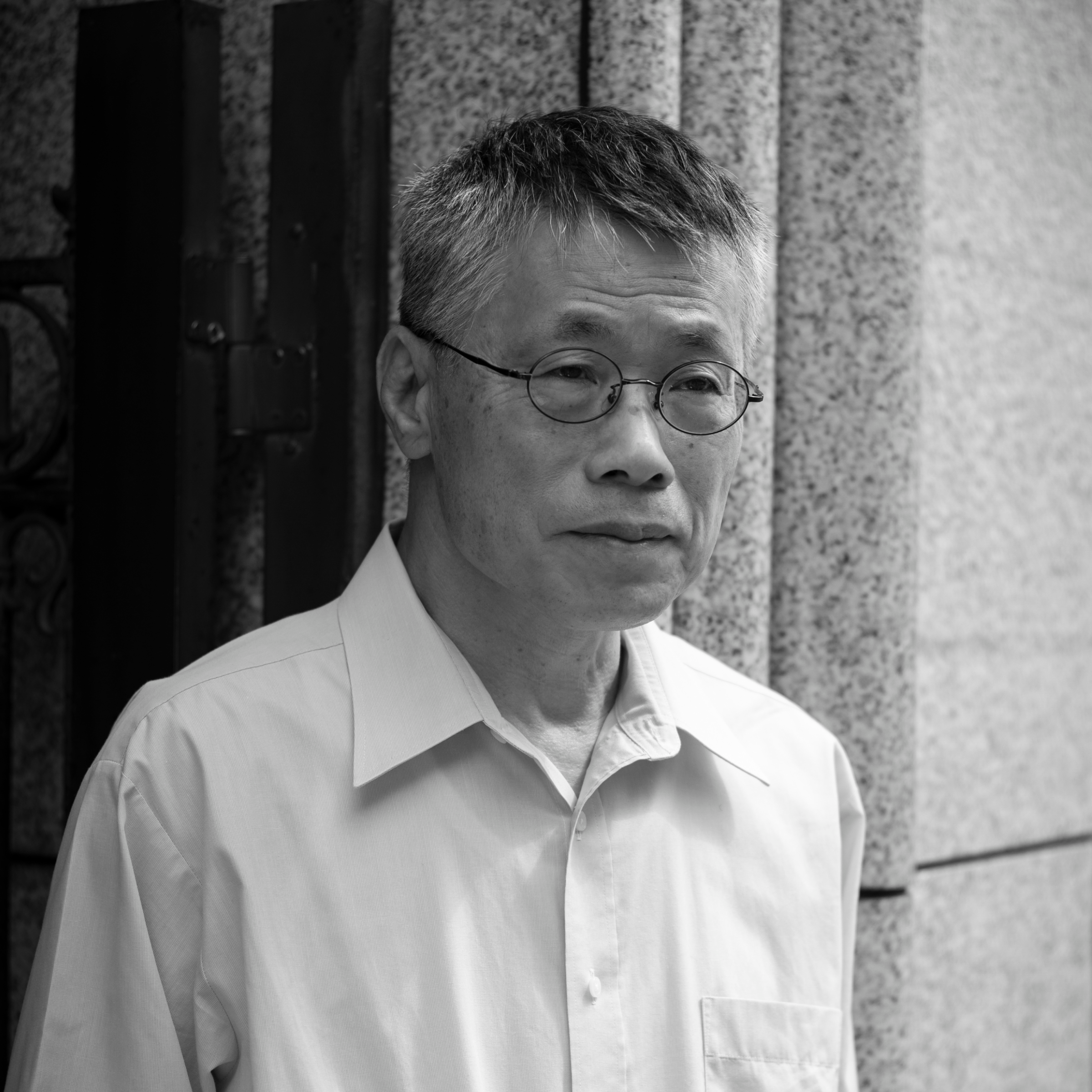
西端 良雄
Yoshio Nishihata
Born in Wajima City, Ishikawa Prefecture in 1958.
In 1980, he was selected for the first time at the Japan Traditional Crafts Exhibition, and has been selected repeatedly since then.
Rather than dividing the work into separate tasks, each bowl is made in its own way, from the woodwork to the finishing touches.

